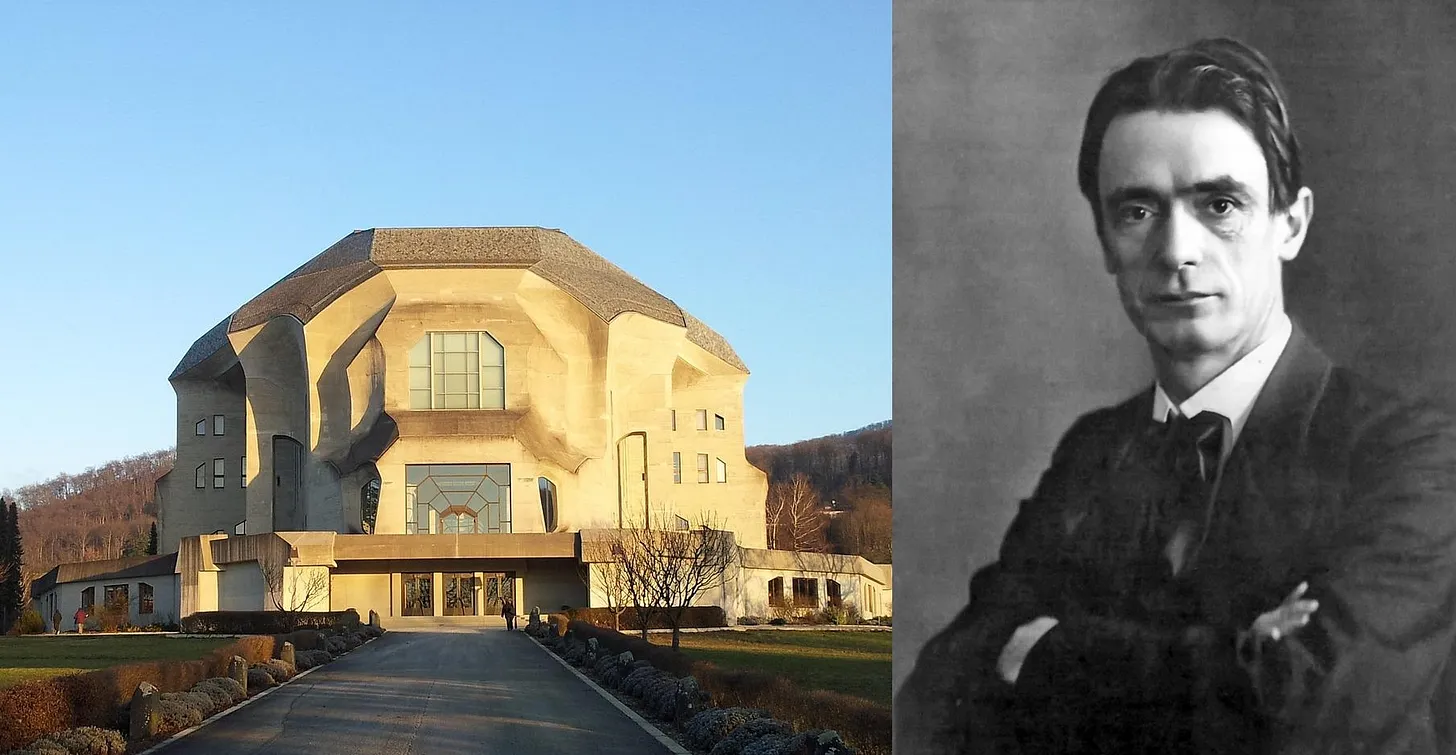What is synergetic design?


Synergetic design is a way of thinking and creating things that are themselves (by their origin, their existence and their end) the most satisfying experience possible.
The aim is to obtain the most desirable effect possible while making the most desirable effort possible. But the difficulty is to be able to take into account a maximum of parameters while tending toward this goal.
For example, you can optimize the layout of your kitchen to make it extremely efficient in helping you cook your food and providing you with the tools you need. However, if the design of your kitchen, by that functional optimization, appears to you now cold and unfriendly, you will not have a genuine pleasure by cooking in it.
This uncomfortable mood will probably not disappear instantly as you leave the room. You will carry, even unconsciously, the unpleasant feeling you got from being in your kitchen the last hour. This feeling will have an impact in the way you talk, you move, you think. It will have an impact in the way you interact with people, with your friends, your family, and so on.
On the contrary, if you customize your kitchen to the point where you would feel in it a deep feeling of peace and content, you could think that the design is ideal. But, what if, by this customization, it will now take two hours instead of one to cook the dinner? Do you have that time available for cooking at the end of the day? Do you want to spend two hours making dinner? And what about the other people that could use the kitchen? Would they be as happy as you are to cook in there?
Synergetic design aims to take into account as much information as possible to end up with the most satisfying solutions.
The implications of our choices can be numerous and surprising.
Two preliminary elements are then necessary to consider:
what we really want
what we really do not want
By an extensive observation of these two, we can begin to draw some lines of design for our synergetic way of life. These lines shall lead us to the production of contexts, the starting points of any project. These contexts will take into account the beings involved in designs (whether already existing or not), what they desire or not, what they are capable of doing or not, etc.
Once the context properly set out, specific criteria should be taken into consideration to ensure that the design of the project we are planning tends to be as synergetic as possible.
For that, 7 criteria have been established to evaluate the relevancy of the solutions regarding their synergetic design in their own context:
Efficiency: the energy balance of the considered solution, its level of entropy (how much it costs to produce versus how many benefits it carries) has to show a reasonable outcome, the less entropy the better.
Accessibility: the solutions, and the resources that are required to create them, shall be easily accessible (no rare material, no excessive prices, no restrictive patent). Otherwise, it cannot be considered as a real solution and faces risks of unsynergetic behavior by exclusive access (too much power in too few hands) or unsustainability (shortage of material for instance).
Transparency: the way solutions are made should be known by the beings involved as much as possible to prevent unexpected unsynergetic activities and foster the ability to improve them freely.
Predictability: everyone involved shall be able to predict as much as possible what exactly will do the solutions and how they will behave, meaning that no one shall be able to control the solutions at someone else's expense in order to prevent unexpected unsynergetic events. Unpredictable phenomena that cannot be avoided must take place as much as possible in predictable contexts (restraint in a secure and predictable environment).
Simplicity: the solutions have to be as simple as possible and documented in a way that a maximum of people using them can understand how to make them work and how they work. Otherwise, it can lead to unexpected unsynergetic behavior, like having to rely on a solution that only a few people around can understand and can modify in an unsynergetic way anytime they want, without people being able to notice it (concentration of power through technicity).
Reversibility: the solutions shall be as reversible, repairable and dismountable as possible, their parts shall be reusable in other contexts. If not, they have to be as much as possible reusable by the surrounding nature in a way that no unsynergetic situation would occur. If a design is no longer needed, or desired, it should be possible to remove it.
Contentment: the solutions shall bring a genuine satisfying experience to the beings involved in its creation and its use, the extent of this contentment being specific to each being or group of being (whether human or non-human).
Note: durability is not a mandatory criterion, as it depends on what solution we are talking about (some solutions can be ephemeral by design, like a vegetal mulch that also serves as soil amendment, replacing a plastic sheeting, yet more durable). When durability is relevant, efficiency, reusability and contentment are sufficient to guarantee the must interesting outcome.



